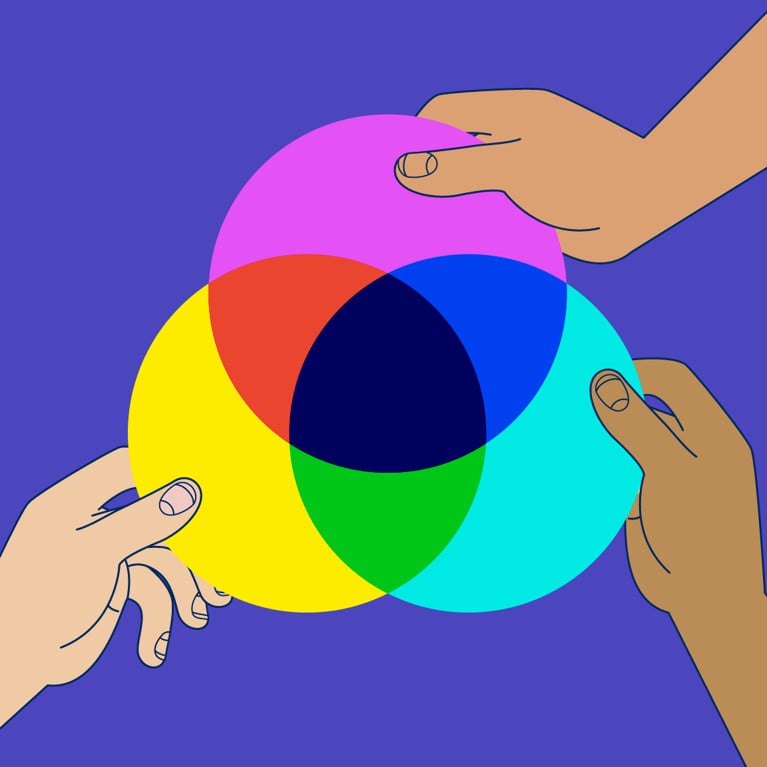Explore
Research at UTS
We’re research game-changers unconstrained by tradition and supported by the best in innovation, intellect and infrastructure.
Discover our research making a difference
From robotics and AI to future proofing our cities, our researchers having real-world impact.
Rebecca Fechner is using her PhD research to build a community for kids dealing with chronic pain in their lives and at school.
How research into simple home upgrades transformed lives, cut energy bills and reshaped government policy.
UTS has led the establishment of the Australia-Vietnam Strategic Technologies Centre, supported by DFAT and Vietnam’s Ministry of Science and Technology.
UTS has been partnering with Sydney Water to extend the life of its critical infrastructure. Through cutting-edge robotics, analytics and intelligent technologies, our researchers are improving asset performance and the efficiency of the water utility’s operations.
Factors outside the High Court's control influence the cases it hears and thereby the direction and pace of legal change in Australia.
UTS has led the establishment of the Australia-Vietnam Strategic Technologies Centre, supported by DFAT and Vietnam’s Ministry of Science and Technology.
Rebecca Fechner is using her PhD research to build a community for kids dealing with chronic pain in their lives and at school.
UTS has been partnering with Sydney Water to extend the life of its critical infrastructure. Through cutting-edge robotics, analytics and intelligent technologies, our researchers are improving asset performance and the efficiency of the water utility’s operations.
How research into simple home upgrades transformed lives, cut energy bills and reshaped government policy.
Factors outside the High Court's control influence the cases it hears and thereby the direction and pace of legal change in Australia.
#2 in Australia
for research quality.
Times Higher Education World Rankings 2024
#1 in Australia
for research impact, with 80% of research areas rated high impact.
ARC Engagement and Impact for Australia 2018
#13 in the world
for sustainability impact.
Times Higher Education Impact Rankings 2024

UTS has more than 45 research centres working on the cutting edge of creativity and technology.
Our research is underpinned by leading research support infrastructure including the Research Excellence and Support Hub.
Our PhD and research degree programs are designed for industry, innovation and impact.







